Prime Drinks Nutrition Facts

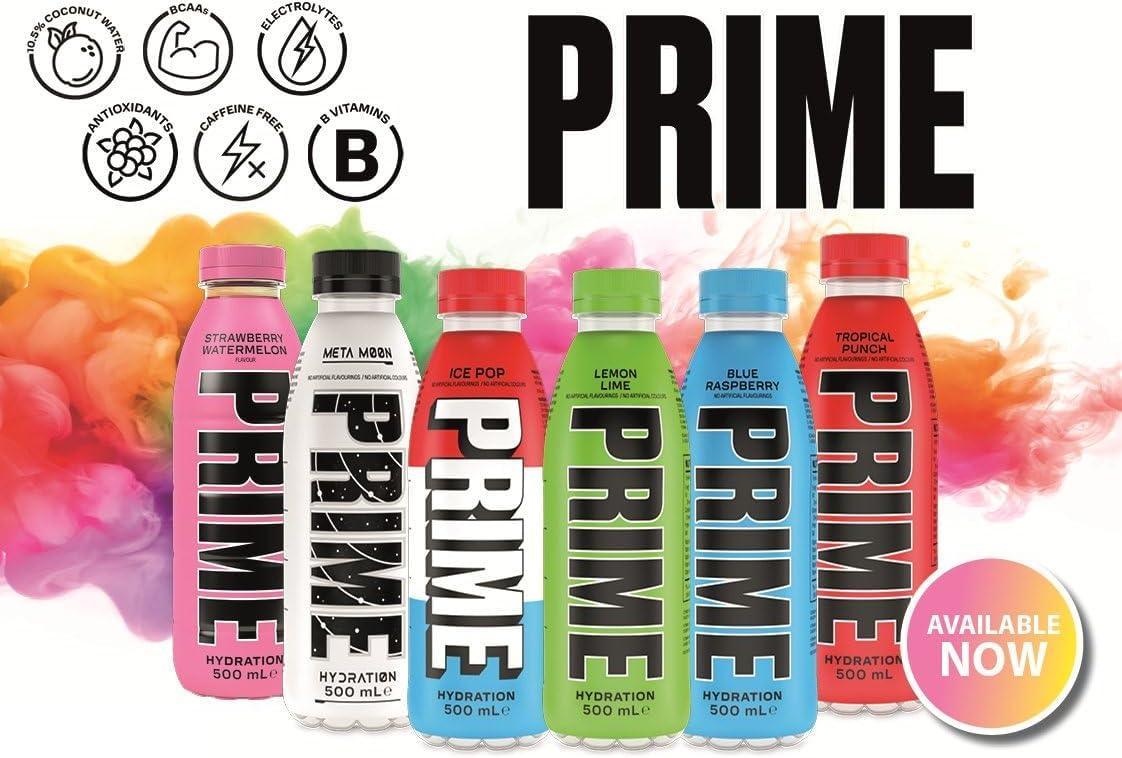
Related products
Introduction
Background on Prime Drinks
Prime Drinks has emerged as a notable player in the increasingly competitive sports and hydration beverage market. This brand, known for its vibrant packaging and wide range of flavors, was born out of a need to provide athletes and fitness enthusiasts with a hydrating solution that is both effective and enjoyable. The founders, leveraging their understanding of the sports industry, aimed to create a product that stood apart in terms of taste and nutritional value. As Dr. Emily Foster, a nutritionist specializing in sports health, states, "Prime Drinks have carved a niche in the market by combining appealing flavors with a formulation designed to support hydration and energy replenishment."
The diversity in the product line of Prime Drinks caters to various taste preferences, a strategic move that has expanded their consumer base beyond just athletes to include those seeking healthier beverage alternatives. According to the latest market analysis, Prime Drinks has experienced a surge in popularity, with an estimated 20% increase in sales over the past year, indicating a growing consumer trend towards health-conscious beverage choices.
Nutrition Facts
In today's health-aware society, the emphasis on understanding nutrition facts in beverages is paramount. This trend is driven by a broader shift towards wellness and preventive healthcare, where consumers are increasingly vigilant about what they consume. As Professor John Davis, a public health expert, notes, "The modern consumer is more informed and more concerned about the nutritional content of their food and drink than ever before." This shift underscores the critical role of nutritional labels in empowering consumers to make informed choices.
The concern is not unwarranted, especially considering the rising rates of obesity and diabetes globally. Statistics from the World Health Organization (WHO) reveal that the prevalence of obesity has nearly tripled since 1975 worldwide. In this context, the sugar content, presence of artificial additives, and caffeine levels in beverages become crucial points of consideration. These factors have significant implications for overall health, particularly in beverages marketed as 'healthy' or 'energizing'.
Objective
The primary objective of this article is to provide a detailed and critical analysis of the nutritional facts of Prime Drinks. In doing so, the article aims to unravel the layers behind the brand's health claims, examining aspects such as sugar content, caffeine levels, and the overall nutritional value. This examination is not just for the benefit of athletes and fitness enthusiasts, but also for parents, healthcare professionals, and anyone invested in understanding the impact of these beverages on overall health.
Furthermore, this article intends to shed light on the broader implications of beverage consumption in the context of public health. As Dr. Foster remarks, "While brands like Prime Drinks are a step in the right direction, it's imperative for consumers to understand the finer details of what they consume." This statement encapsulates the article's commitment to providing an in-depth exploration of Prime Drinks, framed within the wider narrative of health, nutrition, and consumer awareness.
Nutritional Overview
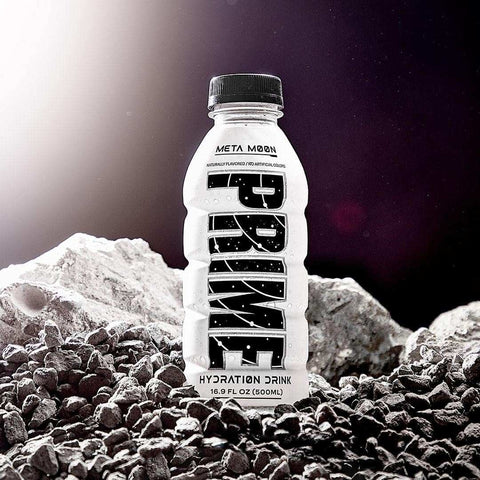
Macronutrient Content
The macronutrient profile of Prime Drinks is a fundamental aspect to consider when evaluating its nutritional value. Carbohydrates are the primary macronutrient present in these drinks, providing the necessary energy for physical activities. However, the type of carbohydrates used, especially the sugar content, is a point of concern. Prime Drinks, as noted by Dr. Sarah Thompson, a dietitian, "contain a notable amount of sugars, which, while offering quick energy, can be a drawback for those monitoring their sugar intake." This factor is crucial, considering the global efforts to reduce sugar consumption due to its links with obesity and diabetes.
The protein content in Prime Drinks, although not as significant as in some dedicated recovery shakes, still contributes to muscle repair and growth. This is particularly beneficial post-workout, as highlighted by fitness expert Mark Davies. Fats, on the other hand, are minimally present in Prime Drinks, aligning with their function as a hydrating beverage rather than a source of dietary fats.
Micronutrient Content
Moving beyond macronutrients, the micronutrient composition of Prime Drinks also warrants attention. The inclusion of essential vitamins and minerals in these beverages enhances their nutritional profile. Vitamins such as B-complex and C are commonly added to support energy metabolism and immune function. Minerals like sodium and potassium are crucial for electrolyte balance, especially for athletes who lose these through sweat. This balance is key, as Dr. Thompson explains, "Electrolytes are vital for muscle function and hydration, making their inclusion in sports drinks like Prime essential."
Caloric Value
The caloric value of Prime Drinks is another aspect to consider, especially for individuals mindful of their overall caloric intake. The calories in these drinks primarily come from carbohydrates, specifically sugars. While these calories provide a quick source of energy, they can also contribute to excessive calorie consumption if not managed properly, particularly in non-active individuals.
Caffeine Content
Addressing the caffeine content in Prime Drinks, it's important to note that not all their products contain caffeine. For those that do, the caffeine levels are designed to enhance alertness and performance. As Professor David Richards, a sports scientist, states, "Caffeine, in controlled amounts, can improve concentration and endurance, but it's vital to consume it judiciously to avoid adverse effects." The amount of caffeine in Prime Drinks is typically lower than in a standard cup of coffee, making it a suitable option for those sensitive to caffeine but still seeking its benefits.
Comparison with Other Sports Drinks
In comparison to other sports drinks, Prime Drinks offer a unique balance of macronutrients, micronutrients, and functional ingredients like caffeine. While similar in some respects, each brand has its formulation strategy, targeting different aspects of athletic performance and recovery. As Dr. Thompson notes, "When choosing a sports drink, it's essential to consider individual nutritional needs and activity levels."
The nutritional overview of Prime Drinks highlights a product designed to support hydration and energy needs, particularly for those engaged in physical activities. While the sugar content and caffeine may raise concerns for some, the inclusion of essential micronutrients and a controlled caloric value make Prime Drinks a considerable option within the sports beverage market. This analysis underscores the importance of understanding one's nutritional requirements and choosing beverages that align with personal health goals and lifestyle.
Health Benefits and Concerns
Hydration and Electrolyte Balance
Prime Drinks are designed to enhance hydration and maintain electrolyte balance, which is crucial during physical activities. Electrolytes like sodium and potassium, present in these drinks, play a vital role in maintaining cellular function and fluid balance in the body. Dr. Helen Carter, a sports medicine specialist, explains, “Maintaining electrolyte balance is essential, especially for athletes, as it helps prevent dehydration and muscle cramps.” The hydration aspect of Prime Drinks is particularly beneficial during prolonged physical activities where sweat loss is significant.
Energy Boost and Performance Enhancement
The carbohydrate content in Prime Drinks provides an immediate energy boost, which can enhance performance, especially in endurance sports. This quick energy source is essential for athletes who need to maintain high energy levels over extended periods. However, as nutritionist Simon Clarke points out, “While the energy boost from the sugars in Prime Drinks is beneficial during activity, it’s important to balance this with overall dietary sugar intake.”
Potential Benefits for Muscle Recovery
Prime Drinks contain a moderate amount of protein, which aids in muscle recovery post-exercise. This aspect is particularly important for athletes undergoing strenuous training. Protein assists in the repair and rebuilding of muscle tissues, aiding in quicker recovery. According to fitness coach Lisa Hamilton, “Including a source of protein post-workout, like in Prime Drinks, can significantly improve muscle recovery.”
Concerns about Sugar Content
One of the main concerns with Prime Drinks is their sugar content. High sugar intake is linked with various health issues, including obesity and diabetes. The WHO recommends reducing the intake of free sugars to less than 10% of total energy intake. Dr. Carter cautions, “Consumers should be aware of the sugar content in sports drinks like Prime and balance it with their overall dietary needs.”
Artificial Additives and Their Impact
The presence of artificial additives in Prime Drinks, such as colorings and flavorings, raises concerns. While these additives are approved for use, there is ongoing debate about their long-term health effects. Nutritionist Clarke notes, “Artificial additives may not pose a significant health risk in small quantities, but consumers should be mindful of their overall intake of these substances.”

Suitability for Different Population Groups
- Athletes: For athletes, Prime Drinks can be a beneficial source of hydration, energy, and muscle recovery support. However, it's important to integrate these drinks into a balanced diet and hydration strategy.
- Non-athletes: Non-athletes should consider their overall lifestyle and dietary needs when consuming Prime Drinks, given their sugar content and caloric value.
- Children and Adolescents: The question, “Can 12 Year Olds Drink Prime Hydration?” is complex. While these drinks can offer hydration, the sugar content and artificial additives may not be ideal for young, developing bodies. Paediatrician Dr. Emily White advises, “Parents should carefully consider the nutritional needs of their children and adolescents before allowing them to consume sports drinks like Prime.”
- Diabetic Individuals: For people with diabetes, monitoring sugar intake is crucial. Dr. Carter suggests, “Diabetic individuals should consult their healthcare provider before incorporating sports drinks into their diet.”
Regulatory Standards and Compliance
FDA Guidelines on Beverage Nutrition
The Food and Drug Administration (FDA) in the United States sets comprehensive guidelines for beverage nutrition, including sports drinks like Prime. These regulations are designed to ensure that the products are safe for consumption and that their labels provide accurate nutritional information. According to Dr. Elizabeth Green, a public health expert, “The FDA’s guidelines are critical in ensuring that beverages meet certain nutritional standards, which helps in protecting consumer health.” These guidelines cover aspects such as the permissible levels of certain ingredients, including sugars, caffeine, and artificial additives.
For sports drinks, the FDA also monitors the levels of electrolytes and other nutrients to ensure they are within safe consumption limits. Dr. Green explains, “Excessive intake of certain nutrients, like sodium, can pose health risks. Therefore, the FDA’s role in regulating these levels is vital for consumer safety.” Additionally, the FDA requires that all ingredients used in these beverages are generally recognized as safe (GRAS) for their intended use.
Labeling and Nutritional Claims
Labeling is another critical area regulated by the FDA. Beverage labels must accurately reflect the contents of the product, providing consumers with information about the nutritional value, ingredient list, and any health claims. Dr. Green states, “Accurate labeling is essential for consumer trust and for making informed dietary choices.” The FDA stipulates that all claims made on labels, such as 'low sugar' or 'high in electrolytes', must be substantiated and comply with specific requirements.
Nutritional claims are closely monitored to prevent misleading information. For instance, if a product claims to be a source of energy, it must meet the defined criteria for energy provision set by the FDA. Dr. Green emphasizes, “This level of regulation is crucial in preventing false or exaggerated claims that can misguide consumers.”
International Standards and Variations
While the FDA guidelines are specific to the United States, similar regulatory bodies exist globally, each with their standards and requirements. The European Food Safety Authority (EFSA), for instance, oversees food and beverage regulations in the European Union. Dr. Green notes, “There are variations in regulations and standards globally, which can lead to differences in formulations of products like Prime Drinks in different markets.”
These international standards ensure that products meet the specific health and safety requirements of each region. For example, the permissible levels of additives or caffeine might vary from one country to another. “Manufacturers must adapt their products to comply with the local regulations of the markets they operate in,” explains Dr. Green.
The regulatory standards and compliance for beverages like Prime Drinks are an essential aspect of ensuring consumer safety and providing accurate information. The FDA’s guidelines and similar international standards play a pivotal role in governing the beverage industry, ensuring that products like Prime Drinks meet specific health, safety, and nutritional criteria. This regulatory framework is crucial for maintaining the integrity of the food and beverage market and for safeguarding public health.
Consumer Guidance

Reading and Interpreting Nutrition Labels
Understanding and interpreting nutrition labels is a critical skill for consumers, especially when choosing beverages like Prime Drinks. These labels provide essential information about the ingredients, nutritional content, and serving sizes. Nutritionist Dr. Amy Wilson advises, "Reading labels can help consumers make informed decisions about what they're drinking, particularly in terms of sugar, calorie, and caffeine content." She emphasizes the importance of looking at the serving size, as the nutritional values are typically listed per serving, which might be less than the whole bottle.
Key elements to focus on include the amounts of sugars, both natural and added, and electrolytes, which indicate the drink's effectiveness for hydration. Dr. Wilson says, "Pay attention to the percentage of daily values; these give an indication of how much of your daily intake a serving of the drink contributes to."
Recommended Consumption Patterns
For sports drinks like Prime, recommended consumption patterns vary depending on an individual's lifestyle, dietary needs, and level of physical activity. Dr. Wilson suggests, "For athletes or those engaging in prolonged physical activities, consuming sports drinks can be beneficial for hydration and energy. However, for less active individuals, it's advisable to limit consumption due to the sugar and calorie content."
She recommends balancing the intake of these drinks with water and other hydrating beverages, especially for those not involved in intense physical activities. The timing of consumption is also important – consuming sports drinks during or after exercise can be more beneficial than drinking them at rest.
When to Avoid Prime Drinks - "Is the Prime Drink Healthy?"
The question "Is the Prime Drink healthy?" is complex and depends on individual health goals and contexts. While Prime Drinks can offer hydration and energy for athletes and active individuals, they might not be suitable for everyone. Dr. Wilson cautions, "People with conditions like diabetes, obesity, or heart disease should be particularly careful due to the sugar and caffeine content."
Furthermore, individuals sensitive to caffeine or artificial additives should also consider avoiding or limiting their intake of such drinks. For children and adolescents, whose dietary needs differ from adults, the intake of sports drinks should be carefully monitored and generally limited.
Alternatives to Prime Drinks
For those looking for alternatives to Prime Drinks, there are several options. Dr. Wilson suggests, "Water is always the best choice for hydration. However, if you're looking for something with more flavor, coconut water or infused water can be good alternatives." She also recommends homemade sports drink recipes, which can be tailored to individual taste and nutritional needs, and are often lower in sugars and artificial ingredients.
For those needing electrolyte replacement without the added sugars, electrolyte-enhanced water or tablets can be a suitable choice. "It's about finding what works for your body and your lifestyle," concludes Dr. Wilson.
Future Trends and Research
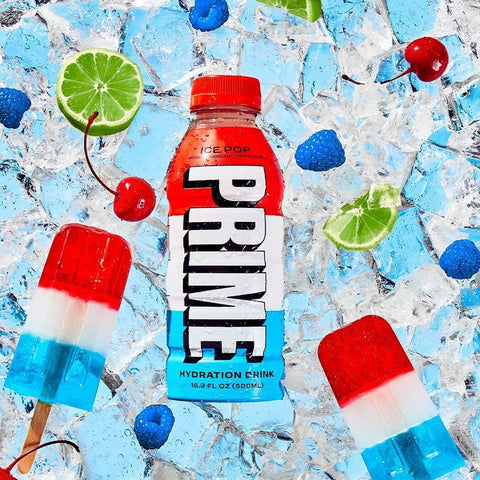
Ongoing Research in Sports Nutrition
The field of sports nutrition is continuously evolving, with ongoing research shedding new light on the optimal composition of sports drinks like Prime for various athletic and health needs. Dr. Jonathan Price, a leading sports nutrition researcher, emphasizes the dynamic nature of this field: "As we learn more about how the body responds to different nutrients during exercise, we can expect sports drinks to become more sophisticated in their formulations." This research often focuses on aspects like the ideal balance of electrolytes, the use of different types of sugars for sustained energy, and the incorporation of novel ingredients for enhanced performance and recovery.
One area of particular interest is personalized nutrition, where beverages are tailored to the specific needs of an individual athlete based on their physiology and training regime. Dr. Price suggests, "In the future, we might see sports drinks that are customized for individual athletes, maximizing the benefits for their specific needs."
Potential Reformulations
In response to evolving research findings and consumer health trends, sports drinks, including Prime, may undergo reformulations. Such changes could involve reducing sugar content, using alternative sweeteners, or incorporating new ingredients with health benefits. Nutritionist Dr. Sarah Edwards remarks, "There's a growing demand for healthier beverage options, which is pushing manufacturers to explore new formulations that lower sugar content without compromising on taste or performance."
Another area of reformulation could be the use of natural and organic ingredients, as consumers increasingly seek products with 'clean labels'. Dr. Edwards adds, "The trend towards natural and organic ingredients is not just a fad; it's a reflection of a more health-conscious consumer base."
Emerging Trends in Beverage Consumption
The beverage market, including sports drinks, is witnessing several emerging trends influenced by changing consumer preferences and lifestyle habits. Dr. Edwards points out, "We're seeing a shift towards functional beverages that offer more than just hydration – such as immune support, mental clarity, or digestive health benefits." This shift is a response to a broader interest in holistic well-being and the role of diet in overall health.
Sustainability is another trend shaping beverage consumption. Consumers are increasingly aware of the environmental impact of their choices, leading to a preference for products with sustainable packaging and ethically sourced ingredients. As Dr. Edwards notes, "Sustainability is no longer just an option; it's a necessity that beverage companies need to integrate into their products and processes."
The future of sports nutrition and beverage consumption is set to be influenced by ongoing research, consumer health trends, and a growing emphasis on personalization and sustainability. These factors will drive innovation and reformulation in sports drinks like Prime, aligning them with the evolving needs and values of consumers. As Dr. Price summarizes, "The sports drink of tomorrow will likely be very different from what we see today, reflecting the advances in science and shifts in consumer priorities."
Conclusion
Key points include the analysis of macronutrient and micronutrient content, highlighting the balance of sugars and electrolytes critical for hydration and energy. Concerns regarding sugar content and artificial additives were discussed, emphasizing the need for mindful consumption, especially among specific groups like children, adolescents, and diabetic individuals.
The importance of understanding and interpreting nutrition labels on beverages like Prime Drinks was underscored, providing consumers with the knowledge to make informed choices. We also examined the regulatory landscape, noting how agencies like the FDA ensure the safety and accuracy of beverage nutrition and labeling. The discussion extended to emerging trends in sports nutrition and potential future reformulations of sports drinks, driven by ongoing research and evolving consumer preferences.
Prime Drinks, like any sports beverage, offer certain benefits such as hydration and energy supply, particularly for athletes and those engaged in physical activities. However, it's crucial to consider their sugar content and the presence of artificial additives, which can have health implications if not consumed judiciously. The suitability of these drinks varies across different demographics, and their consumption should be aligned with individual health goals and dietary needs.
It's important to approach Prime Drinks and similar products with a balanced perspective, acknowledging their role in sports nutrition while being aware of their limitations and potential health impacts. As Dr. Jonathan Price notes, “Sports drinks can be a valuable tool in an athlete's arsenal, but they should not be seen as a one-size-fits-all solution.”
For those interested in delving deeper into the topics discussed, several avenues for further reading and research are recommended. Exploring the latest findings in sports nutrition and how they influence beverage formulation can provide valuable insights into the future of sports drinks. Journals such as the International Journal of Sport Nutrition and Exercise Metabolism offer peer-reviewed research on this topic.
Additionally, for a broader understanding of the impact of sugars and artificial additives on health, resources like the American Journal of Clinical Nutrition provide comprehensive studies and reviews. For insights into regulatory aspects and food safety, the FDA’s website and similar resources from international regulatory bodies offer detailed information on guidelines and compliance standards.
While Prime Drinks offer certain benefits for hydration and energy, it's vital for consumers to remain informed and make choices that align with their individual health needs and dietary preferences. The landscape of sports nutrition is continually evolving, and staying updated with the latest research and trends is key to navigating this dynamic field.



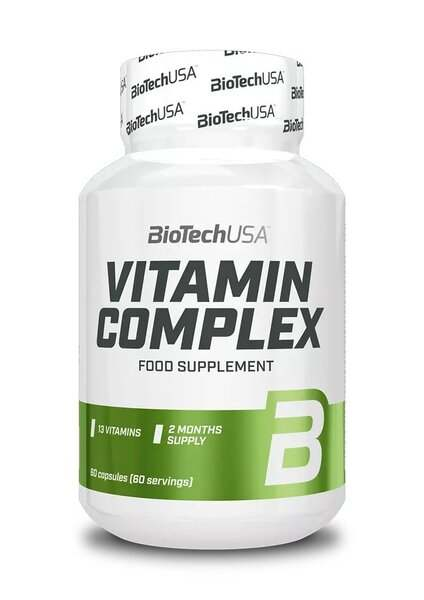
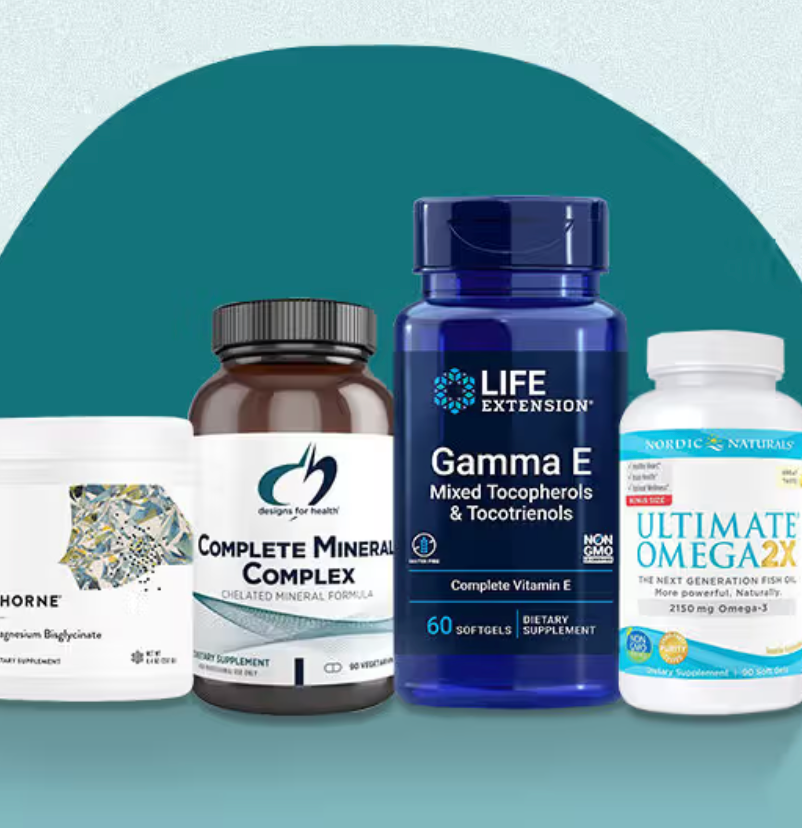

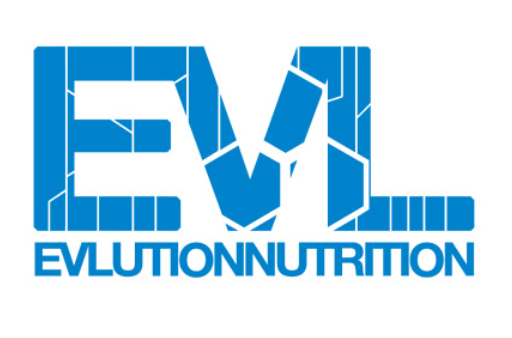
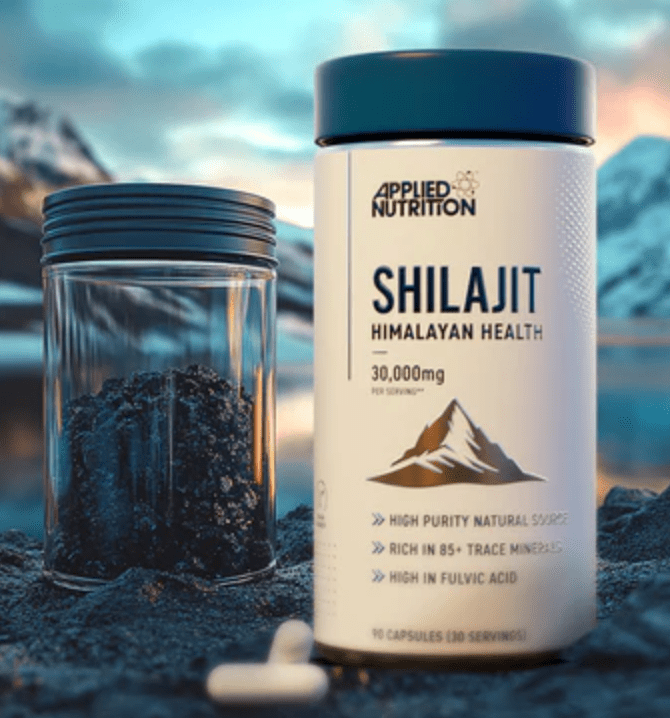








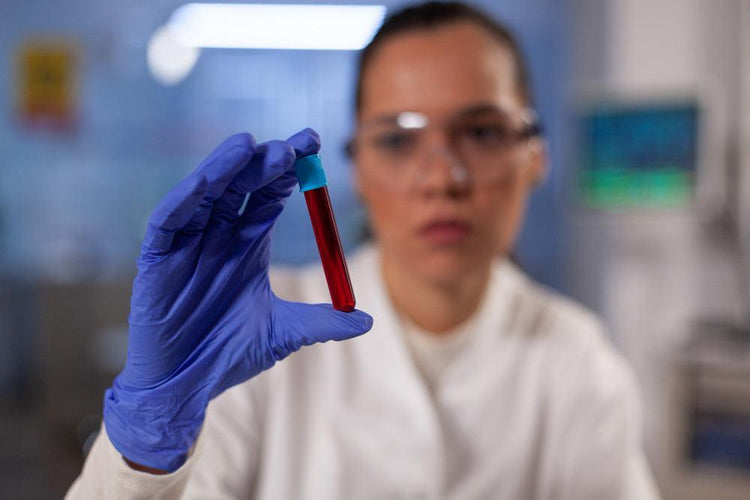
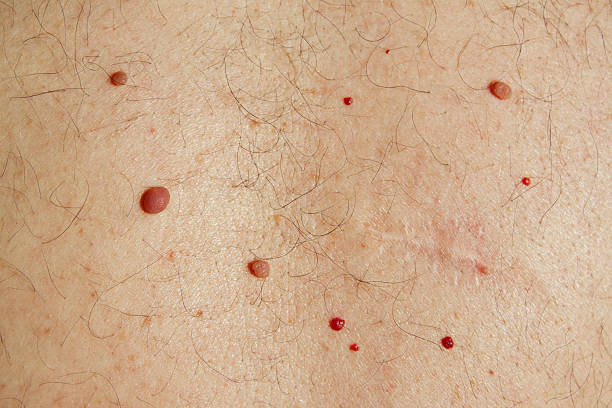
 Rated Excellent by 26,523+ Reviews
Rated Excellent by 26,523+ Reviews